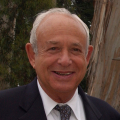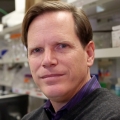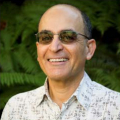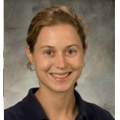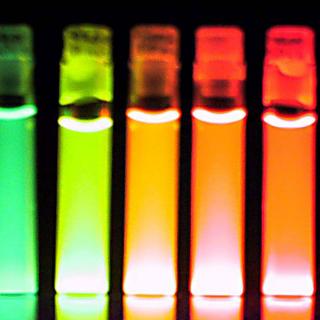
Biophysics has century-old roots in the application of physical techniques, such as x-ray crystallography, nuclear magnetic resonance and high-resolution microscopy, to better understand biological structures. Fantastic progress in molecular biology over the last few decades has given birth to techniques that make it possible to address whole biological systems, which are both complex (with many variables) and dynamic (changing in time), with a powerful combination of quantitative measurement and mathematical modeling that is transforming biology into a physical science. Biophysics today is expanding to embrace this trend, and BMSE at UCSB is leading the way. BMSE Biophysics is quantitative bioscience at its best: spanning the spectrum from proteins to pathways to cells, tissues, organisms and even ecosystems, and pioneering new techniques in single-molecule measurement, biomimetic molecular assembly, automated image analysis, high-throughput computation and mathematical modeling.









